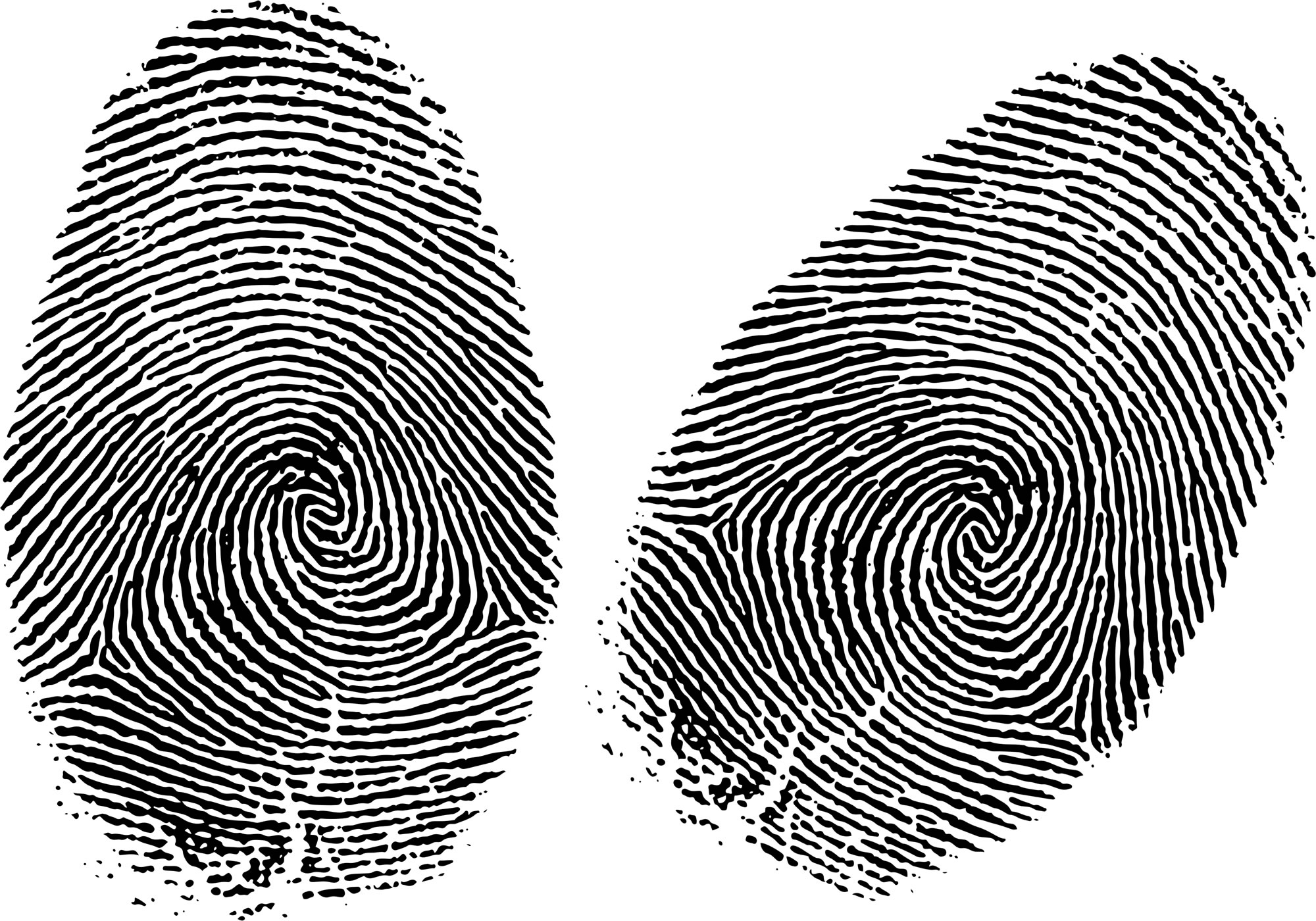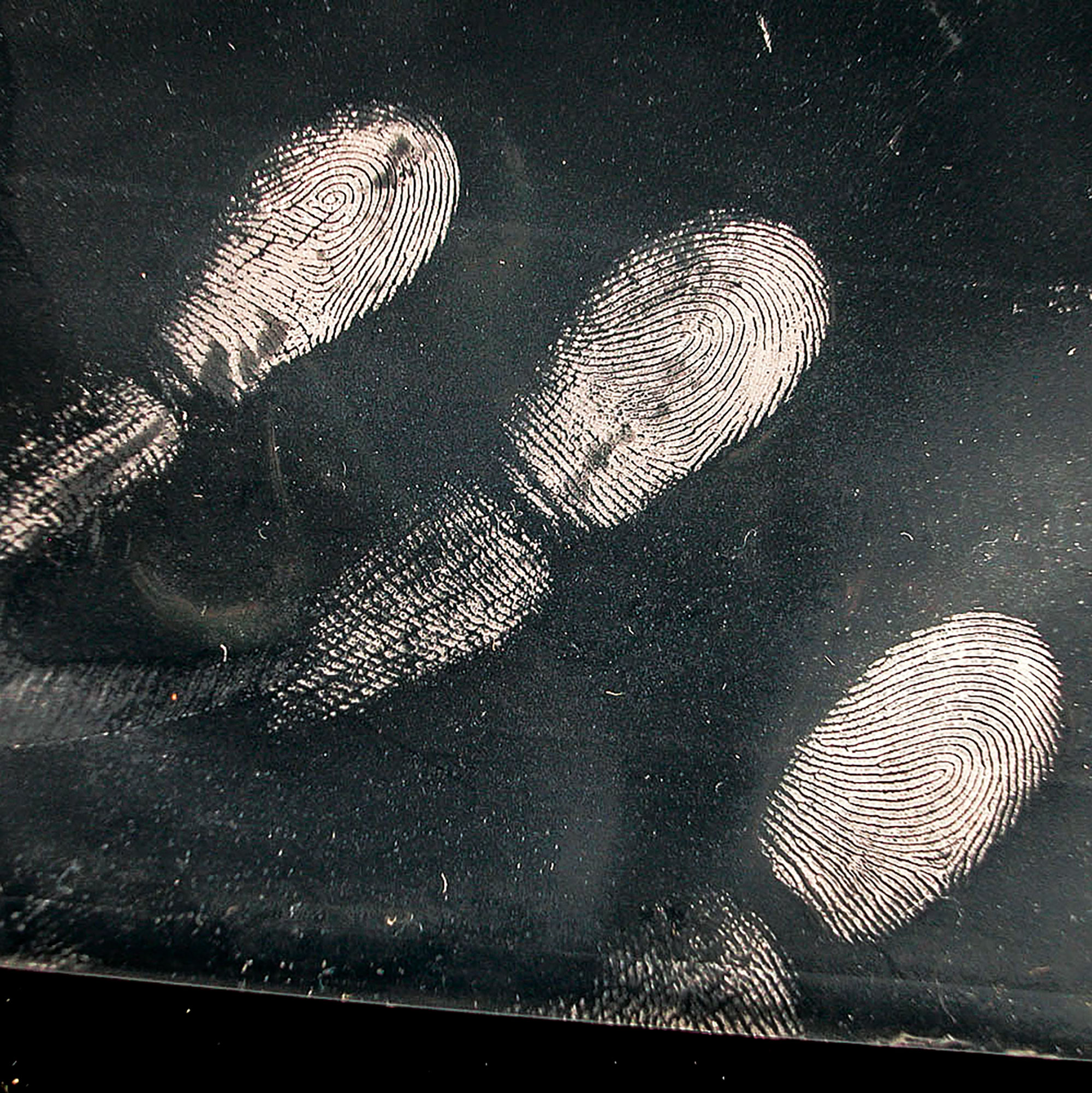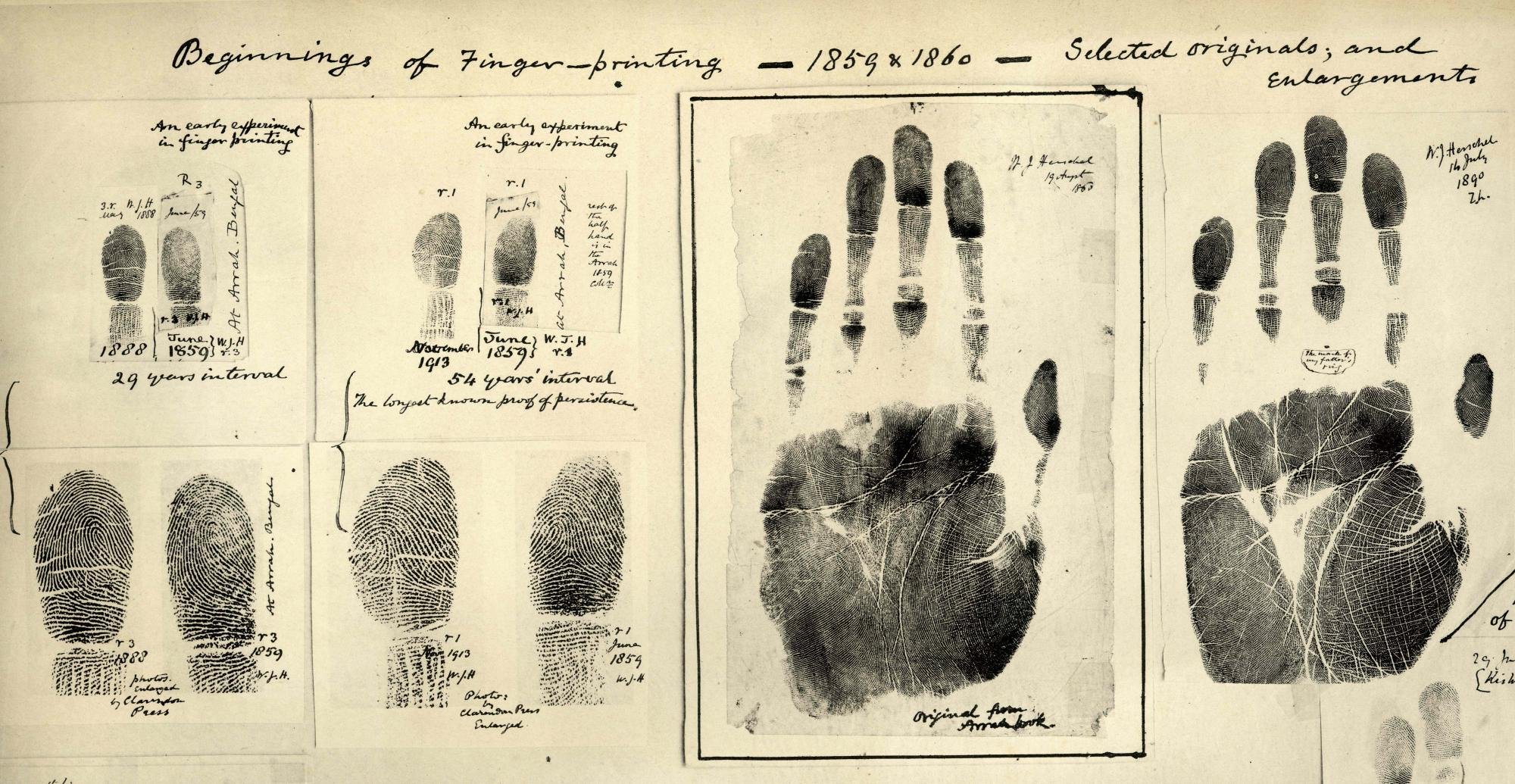The Enigma Of Four Girls Sharing One Fingerprint: A Tale Of Identity And Discovery
In a world increasingly reliant on biometrics, the revelation that four girls share the same fingerprint has sent shockwaves through scientific communities and the public alike. This phenomenon, which sounds like it belongs in the realm of science fiction, is very much real. Capturing the attention of millions worldwide, the story of these four individuals transcends the boundaries of mere curiosity, delving into questions of identity, biology, and technology. As we unravel this mystery, we encounter a tale that challenges our understanding of what makes each person unique. The implications of this discovery extend far beyond the fingerprint itself, touching on the broader trends in biometric identification and its societal impact.
The significance of fingerprints cannot be overstated. They are the cornerstone of personal identification, relied upon by governments, law enforcement agencies, and corporations for secure authentication. Yet, here we have four individuals breaking the cardinal rule of biometric science—fingerprints are supposed to be unique. These girls come from vastly different backgrounds—USA, Australia, India, and Brazil—and their shared fingerprint raises numerous questions. Are they related in ways we cannot yet perceive? Is this a glitch in the system, or does it point to something far more complex? As we delve deeper, the answers may lead us down unexpected paths, intertwining with other famous figures and trends in the biometric industry.
| Name | Country | Age | Profession | Link |
|---|---|---|---|---|
| Girl 1 | USA | 28 | Graphic Designer | FBI Fingerprint Info |
| Girl 2 | Australia | 25 | Biometric Analyst | FBI Fingerprint Info |
| Girl 3 | India | 30 | Teacher | FBI Fingerprint Info |
| Girl 4 | Brazil | 27 | Biomedical Engineer | FBI Fingerprint Info |
The phenomenon of shared fingerprints challenges the very foundation of biometric science. Scientists have long believed that fingerprints are unique identifiers, shaped by a complex interplay of genetic and environmental factors during fetal development. However, the case of these four girls suggests otherwise, sparking debates and theories that range from rare genetic mutations to environmental influences. This discovery is not merely an anomaly; it represents a potential paradigm shift in how we approach personal identification.
Read also:Austin Brown The Rising Star Shaping The Future Of Music
As the story unfolds, connections to other famous cases of biometric anomalies begin to emerge. For instance, the case of identical twins with distinct fingerprints has long puzzled scientists. Similarly, the rare occurrence of chimera individuals, who possess two sets of DNA, adds another layer of complexity to the discussion. The intersection of these phenomena with the four girls' shared fingerprint suggests a broader trend in the biometric landscape, one that challenges established norms and opens new avenues for research.
The societal implications of this discovery are profound. In an era where biometric data is increasingly used for everything from unlocking smartphones to securing national borders, the reliability of fingerprint identification is paramount. The case of the four girls has forced governments and corporations to reassess their biometric systems, leading to a surge in research and development of alternative identification methods. Multi-factor authentication, facial recognition, and even DNA analysis are gaining traction as potential solutions to the limitations of fingerprint-based systems.
From a legal and ethical standpoint, the shared fingerprint raises significant concerns. Identity theft and fraud become more feasible when individuals share biometric identifiers. Privacy advocates warn of the dangers of relying too heavily on biometric data, urging for stricter regulations and greater transparency in how such information is collected and stored. As the biometric industry grows, so too does the need for accountability and responsibility in its application.
The psychological impact on the girls themselves cannot be overlooked. For Girl 1, the realization that her fingerprint is not unique was initially unsettling but has since evolved into a source of empowerment. She has embraced her newfound identity, using it as a platform to raise awareness and connect with others who may share similar experiences. Girl 2, a biometric analyst by profession, views the phenomenon through a scientific lens, marveling at the potential it holds for advancing biometric technology. Girl 3, a teacher, reflects on the philosophical implications, questioning what it means to be unique in a world where even fingerprints can be shared. Meanwhile, Girl 4, a biomedical engineer, is eager to explore the genetic and environmental factors that may have contributed to this anomaly.
Looking to the future, the case of the four girls sharing one fingerprint serves as a catalyst for innovation in the biometric industry. Researchers are exploring new methods of identification that go beyond traditional fingerprints, incorporating advanced technologies such as voice recognition, gait analysis, and even behavioral biometrics. These developments promise to enhance security and reliability, addressing the limitations exposed by this unprecedented case. Furthermore, they underscore the importance of adaptability in an ever-evolving technological landscape.
The story of the four girls sharing one fingerprint is more than just a scientific curiosity; it is a testament to the complexity and beauty of human identity. It challenges us to rethink our assumptions about what makes us unique and to embrace the unexpected connections that define our shared humanity. As we continue to unravel the mysteries of biometrics, we are reminded that the pursuit of knowledge is a journey filled with surprises and discoveries. In this journey, the four girls stand as pioneers, leading us toward a future where identity is understood in all its intricate dimensions.
Read also:Unveiling The Remarkable Life Of Leanne Morgans Husband A Story Of Love Support And Success
This phenomenon also draws parallels with other high-profile cases in the biometric world, such as the controversy surrounding facial recognition technology and its potential biases. Celebrities like Kim Kardashian have weighed in on the ethical implications of biometric data usage, bringing public attention to the issue. The intersection of celebrity culture and biometric science highlights the broader societal impact of these technologies, influencing public perception and policy-making alike. As the story of the four girls continues to unfold, it becomes increasingly clear that their shared fingerprint is more than just a scientific anomaly—it is a symbol of the challenges and opportunities that lie ahead in the field of biometric identification.
In conclusion, the enigma of the four girls sharing one fingerprint is a profound reminder of the complexity of human identity. It challenges our understanding of biometrics, technology, and society, prompting us to question and explore the boundaries of what we know. As we navigate this uncharted territory, we are reminded of the importance of innovation, adaptability, and ethical responsibility in shaping the future of biometric science. The story of these four individuals will undoubtedly leave a lasting mark on the industry, inspiring generations to come.


